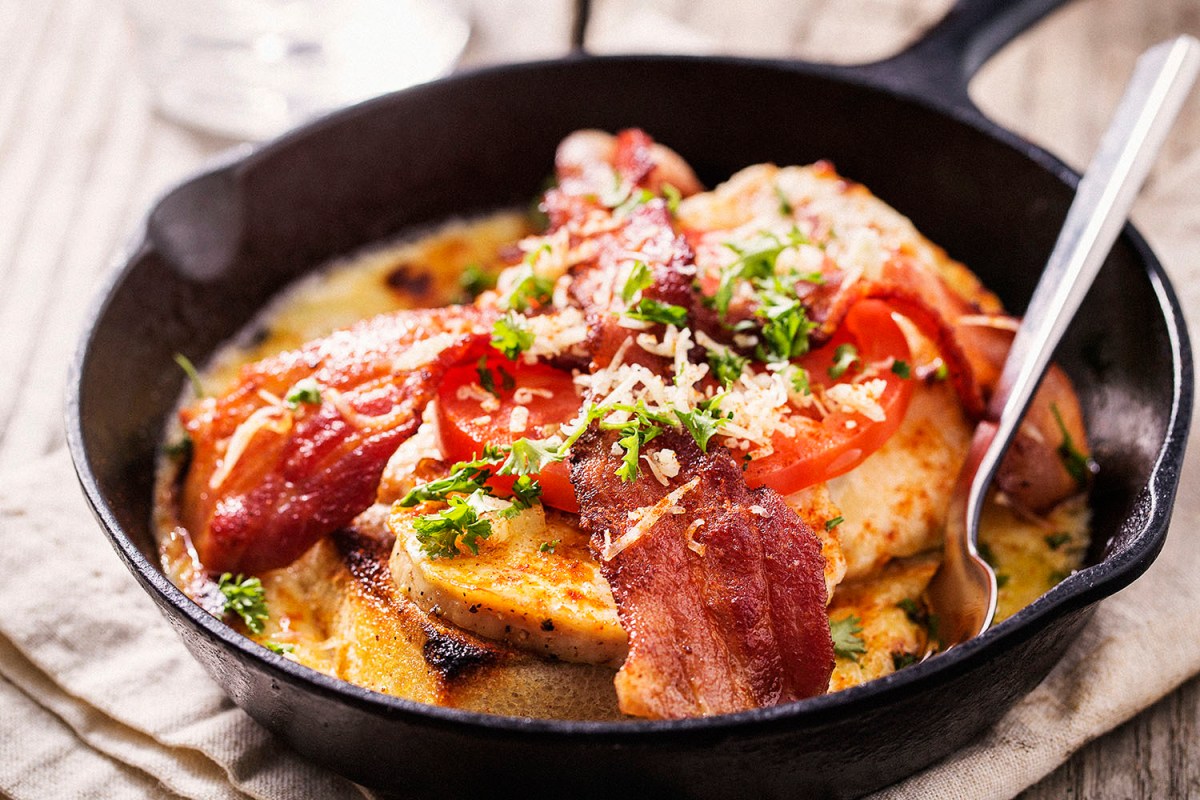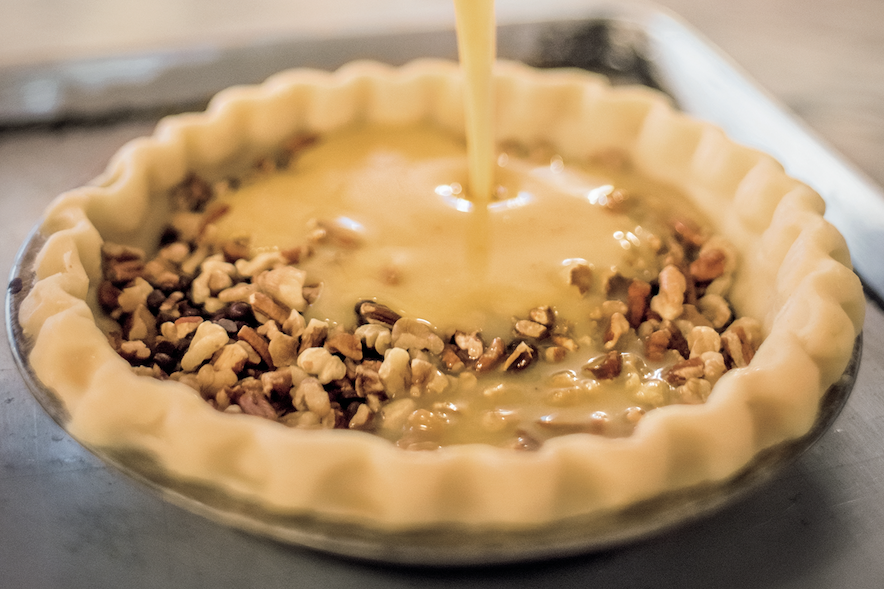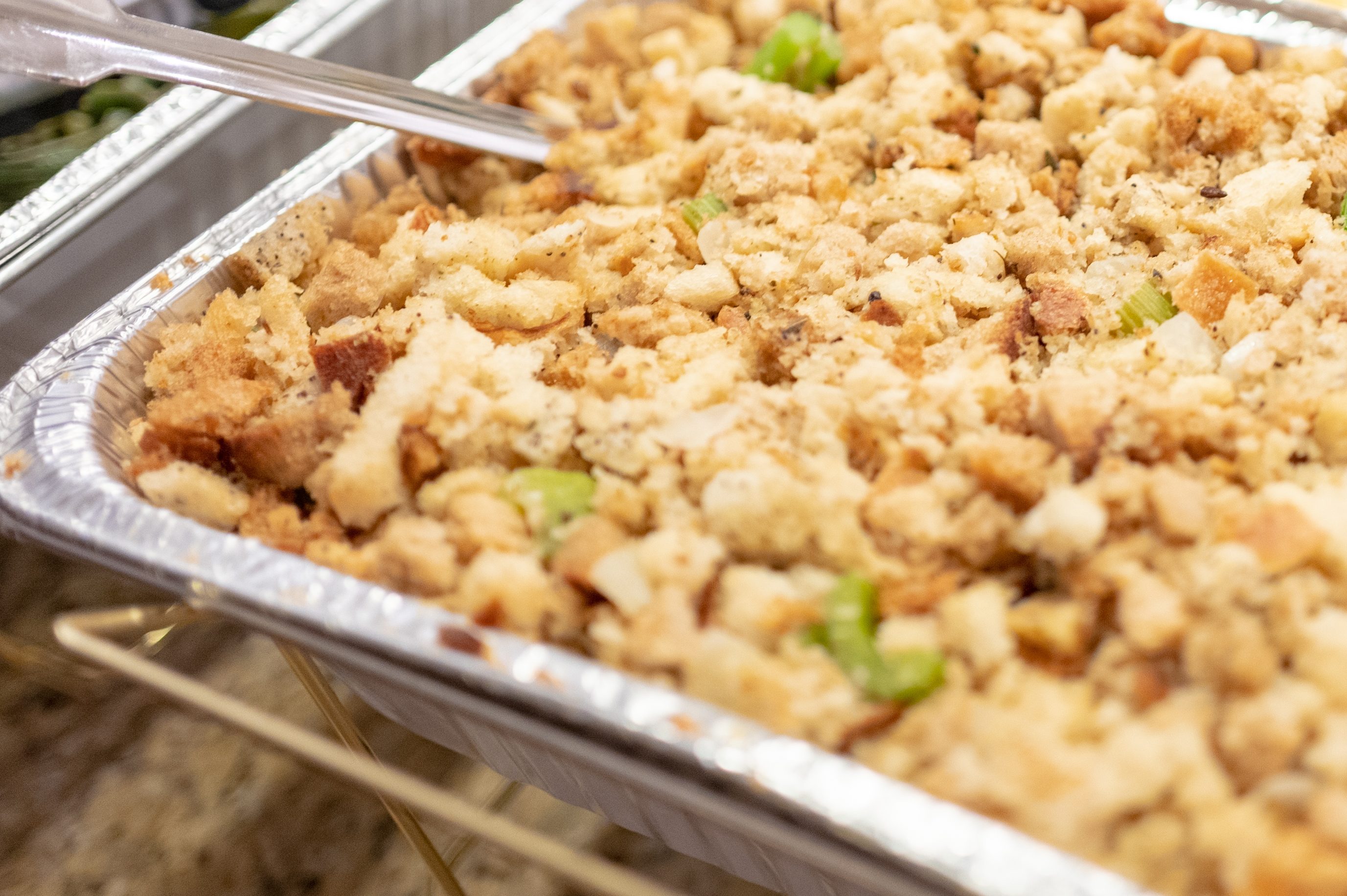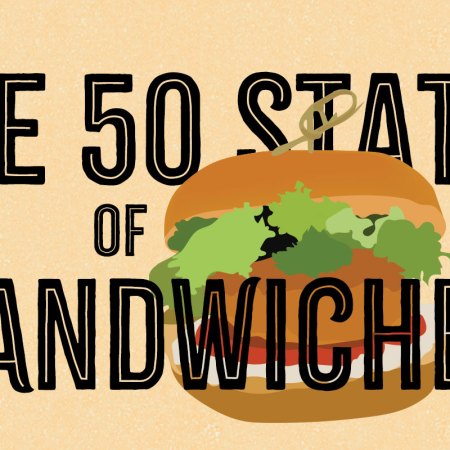Thanksgiving has never been a holiday to inspire much excitement among my family. In the days preceding the holiday there exists little anticipation for what’s to come, mostly because there’s little to anticipate. This isn’t to say my family lets the day pass by unnoticed or without remark — at the very least there’s some kind of family gathering with a meal involved.
Yet there’s one not-quite tradition predicated on a turkey being present: the post-Thanksgiving Hot Brown.
Admittedly, I’ve spent most of my life shunning the Hot Brown, and am thus likely considered a bad Kentuckian in the eyes of many for saying so. Save for bourbon, horses and fried chicken, the dish is one of the state’s prides and joys, largely recognized as its greatest contribution to the culinary world. But even as a child with seemingly mature tastebuds (I ate Brussels sprouts! Willingly!), the dish could never tempt me.
Why I experienced such an aversion to the sandwich I still can’t understand, especially because it seems one perfectly suited to a child’s palate. At its most basic level, a Hot Brown is an open-faced sandwich consisting of toast topped with turkey, bacon, “cheese sauce” and tomatoes, or that’s how I perceived it in my youth. Having recently been made wise to the actual recipe and specific ingredients of the dish, I now recognize its sophistication (e.g., it has mornay sauce, not simply cheese).
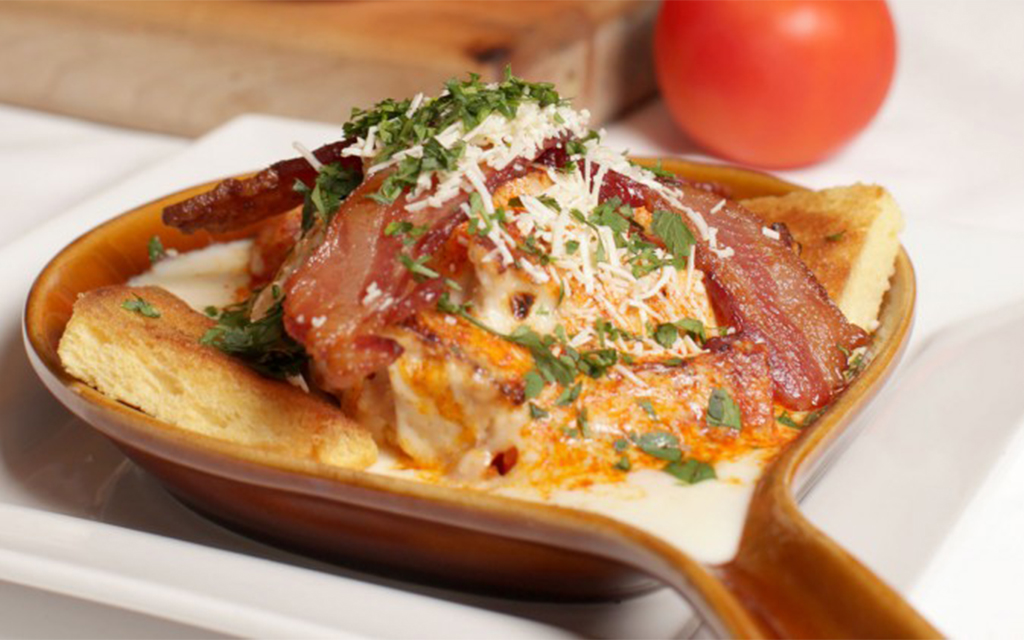
As Albert Schmid, chef and author of The Hot Brown: Louisville’s Legendary Open-Faced Sandwich, explains, the sandwich’s conception is slightly shrouded in mystery, bearing similarities to other dishes. “There are three or four sandwiches that are very similar. The first is the croque monsieur, then there’s one in Pittsburgh that is almost the exact same thing [Turkey Devonshire], and if you take the Ohio [River] down to the Mississippi, St. Louis has a sandwich called the Prosperity Sandwich,” says Schmid.
But the Hot Brown of Louisville fame is believed to be conceived in 1926 at The Brown Hotel, hence the sandwich’s name. Schmid’s research led him to discover that there were frequently dances held in the hotel’s ballroom, and in an attempt to keep guests energized, the chef would whip up eggs and sausage. Yet there must have been one fateful night when the hotel’s chef, Fred Schmidt, ran out of the usual supplies and was forced to improvise. “He basically pulled together all of these scraps. He must have been a good chef, because good chefs never waste anything, they repurpose,” says Schmid.
I’ve witnessed a similar resourcefulness watching my mother take to a leftover turkey and whip up the Kentucky classic. And it’s precisely this make-do attitude that positions the sandwich as the ideal post-Thanksgiving meal, because what else is one to do with leftover turkey, and what else would one want to do besides layer it on top of a thick slab of bread and douse it in rich béchamel sauce?
Many of the ingredients required for a Hot Brown are most likely already in one’s possession, and even if they’re not the exact ones a “traditional” Hot Brown calls for, it’s a forgiving, adaptable dish. Even Schmid, who touts the Brown Hotel’s sandwich as the best (crediting their use of specific ingredients like Texas toast and Roma tomatoes) allows for adjustments when preparing his own post-Thanksgiving Hot Browns.
“If you have cream then add that, if not, milk is fine. If you have Roma tomatoes that’s great, if not, that’s fine. Whatever you have is fine,” says Schmid, echoing the ingenuity and improvisation of Schmidt. The same goes for the other main components of the sandwich, whether your Thanksgiving yielded a ham instead of turkey or all you have at your disposal is plain white bread. Schmid notes that there are even Hot Browns that substitute tomatoes in favor of peaches, owing to their acidity, which helps to combat the richness of the dish. Schmid describes the experience as “not bad, just different.”
This year, Thanksgiving has been spent away from my family for many, not entirely by choice but circumstance. Speaking with my mom on the phone, she told me this year’s leftover turkey will be put to good use in the form of Hot Browns, “your favorite,” she joked. I objected that I had grown past my distaste, finally ready and eager to try not just any but especially my mom’s, in the comfort of our family’s home. Unable to do so, I can only look forward to next year and hope I find myself in Kentucky, with more than enough leftover turkey.
The Hot Brown Sandwich by Chef Albert Schmid
Serves 6
Ingredients
- 1-quart Hot Brown Sauce
- 12 slices of white bread, toasted and the crusts removed
- 1 ½ pounds leftover turkey
- 2 ounces Parmesan cheese, grated
- 12 Roma tomato wedges
- 12 slices bacon, cooked crisp
Cut the toast into triangle wedges and evenly distribute between six oven-proof dishes. Top each dish with about four ounces of turkey then four ounces of Hot Brown Sauce. Bake at 350 degrees F until bubbly and golden brown, or about 15 minutes. Top each sandwich with parmesan cheese, tomato wedges and bacon. Return to the oven for a few minutes. Pull the Hot Browns out of the oven and serve hot.
Hot Brown Sauce
- ½ cup flour
- ½ cup butter
- 1-quart milk
- Salt and pepper to taste
- 6 ounces heavy cream
- 6 ounces Romano cheese
Melt the butter in a pan then add the flour and mix until smooth. Continue to cook for about three minutes. Add the milk and cook until thickened. Pull from stove then add the heavy cream and Romano cheese stirring until smooth. The Hot Brown sauce is ready to use.
Every Thursday, our resident experts see to it that you’re up to date on the latest from the world of drinks. Trend reports, bottle reviews, cocktail recipes and more. Sign up for THE SPILL now.
